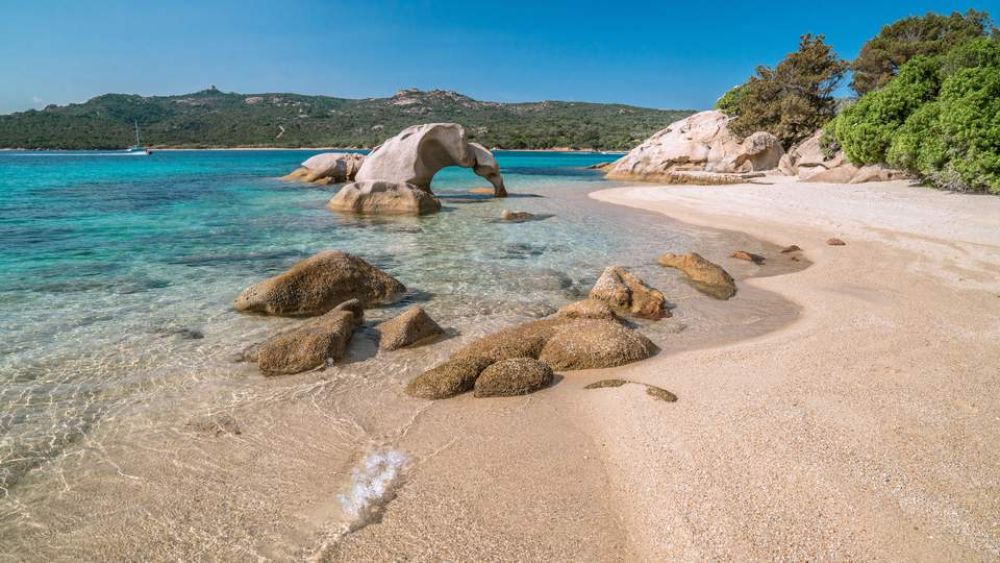

Elephant Beach is a picturesque coastal strip located in the stunning Havelock Island, now known as Swaraj Dweep, part of the Andaman and Nicobar Islands, India. The beach is named after the wild elephants that used to roam the area. Over the years, it has transformed into one of the most visited tourist hotspots in the Andaman archipelago, known for its pristine beauty, clear waters, and vibrant coral reefs.
Tourism in Havelock Island began to flourish in the late 20th century when the clear waters and untouched natural beauty of the Andaman Islands were discovered by backpackers and adventure seekers. However, it wasn't until the Indian government started promoting the Andaman and Nicobar Islands as a tourist destination that tourism here gained momentum. The introduction of policies to develop the islands' infrastructure, accessibility, and accommodation options played a prominent role in putting places like Elephant Beach on the tourism map.
The 2004 tsunami had a devastating impact on the region, but the subsequent recovery and reconstruction efforts greatly improved the tourist facilities and accessibility. Elephant Beach, in particular, saw infrastructure improvements alongside ecological rehabilitation in the post-tsunami era.
Elephant Beach is renowned for its coral reefs and offers a multitude of water sports and activities, such as snorkeling, sea walking, and diving, allowing tourists to explore the rich marine life. The beach also offers activities like jet skiing, glass-bottom boat rides, and has facilities for beachgoers who simply want to relax by the sea. The relatively shallow waters near the beach are perfect for these recreational activities, making it a suitable destination for families and adventurers alike.
Sustainable tourism has been gaining momentum in recent years, with an increased awareness of preserving the natural environment of Havelock Island. Efforts are being made to reduce the ecological footprint of tourism by offering eco-friendly accommodation and promoting activities that do not harm the local ecosystem. Moreover, there has been a growing trend in experiential travel, with tourists seeking authentic interactions with the native culture and lifestyle. Only a limited number of visitors are allowed at Elephant Beach each day to protect its delicate ecosystem, which aligns with the global trend towards responsible and sustainable travel.
Furthermore, digital technology plays a significant role in shaping the latest trends in tourism. Virtual tours and online bookings have made it easier for tourists to plan their visit to Elephant Beach and the Andaman Islands. With an ever-increasing online presence, potential visitors can now conveniently access information, ensuring a smooth travel experience.
Elephant Beach is accessible by a short boat ride from the main jetty on Havelock Island. Tourists also have the option of trekking through the island's tropical forests to reach the beach, thus adding an element of adventure to their visit. The nearest airport to Havelock Island is the Veer Savarkar International Airport in Port Blair, which is well-connected with major cities in India. From Port Blair, tourists can take a ferry to Havelock Island and then proceed to Elephant Beach.
In summary, the remote and ethereal beauty of Elephant Beach on Havelock Island captures the hearts of travelers from around the world, making it a quintessential part of India's island tourism. Both the historical development and emerging trends of tourism on Swaraj Dweep showcase the region's commitment to offering a memorable, sustainable, and eco-friendly experience to visitors.